
Let’s face it. Most iPod docking stations are glorified alarm clock radios. Not that there’s anything wrong with that. Who doesn’t have one in their bedroom? And if you’ve got an MP3 player it makes sense to upgrade that crusty old wood grain Sanyo, to something a little more modern. While docks costing $200 and up can deliver good performance, only a handful can be considered high fidelity. The Audioengine 5 speaker system is not exactly a docking station, it is a powered speaker solution for all portable audio players.
When browsing the technical specs of the Audioengine 5 speakers I was first struck by each speaker’s listed weight; 9 pounds for the right speaker and 14 pounds for the left one. Are you kidding me? Then I saw that they were made from 1-inch MDF. Most speakers intended for iPods, and cell phones in general, are built from molded plastic, even home theatre speakers are generally only made from 3/4-inch MDF.
The left speaker weighs substantially more than the right one because of its built-in amplifier. While most iPod docks use inexpensive, low quality digital amplifiers, Audioengine uses a hefty class A/B amp that delivers 45 Watts RMS per channel.
We heard great things about these speakers so we decided to bring them in for a review.
When I opened the double box the speakers arrived in, I found that each speaker was inside, not a plastic bag, but a cloth drawstring bag. It’s unheard of for equipment in this price range to arrive wrapped in cloth. There was another small cloth drawstring bag that contained the supplied cables: three mini-stereo audio cables, a mini-stereo to RCA Y cable, a USB cable and about 12 feet of 16 gauge speaker wire. Also included was a detachable power cord. Buyers will appreciate the thought and care that Audioengine put into this packaging.
Our speakers were finished in a gorgeous glossy piano white. Their smooth rounded edges perfectly match those of the chic iPod. The other colour option is a matte black.
There are two mini stereo inputs on the left speaker; one on the top and one on the back. There is also a USB port on the top. Any MP3 player can be connected to mini stereo jacks via its headphone output. Actually any source, be it a CD player, DVD player or computer, can be connected to the mini stereo jacks. The USB port is intended for charging a connected iPod or MP3 player. An iPod cradle can be connected to this USB port also, but a separate mini stereo cable must be used to deliver sound to the speakers.
The back panel has the previously mentioned mini stereo input and an auxiliary AC outlet. This outlet’s intended purpose is for Apple’s Airport Express. The Airport Express unit can receive music streamed wirelessly from a computer. It plugs into the back of the speaker and is connected to the rear mini stereo input with one of the supplied cables. I used this extra AC outlet to plug in the AC adaptor of my iRiver iHP120 MP3 player. The power switch for the Audioengine 5 system is on the back of the left speaker. It would be nice if the power switch was on the front or integrated into the volume control. The Audioengine 5 speakers that I was evaluating had spring clips and connected to each other via speaker wire. I must admit I’m not a fan of spring clips, but the good news is that Audioengine is now shipping the speakers with binding posts. Another upgrade made since we received our test units is an integrated subwoofer output, for those that want more oomph. Not that these speakers lack in the bass department. They are rated down to 50 Hz and deliver nicely controlled bass.
The front of the left speaker has the volume knob and a blue power LED. These speakers feature 20 mm silk dome tweeters and 5-inch Kevlar woofers with custom Audioengine drivers.
I connected the speakers using the supplied speaker wire and placed them about 6 feet apart. I immediately connected my iRiver iHP120 using one of the short mini stereo cables. The first track I played was a live CBC radio recording of Chega De Suadade by Permutacoes featuring Aline Morales. Even though this Brazilian jazz MP3 was encoded at 192 kbps the Audionengine 5 system immediately exposed the limitations of the compressed MP3. I decided to move to a better source right away.
We still had the Cambridge Audio Azur 540 C (v2) CD player kicking around from the review in our Sept/Oct 2006 issue. I used the Y-cable supplied by Audioengine together with my own stereo RCA cable to connect the speakers directly to the CD player. That’s the beauty of having powered speakers, there’s no need for a pre-amp or amplifier. I popped in Gilles Archambault Presente Justin Time, the CD is a collection of reference quality jazz tracks that was given to us at last years Festival Son&Image in Montreal.
I first listened to “On the Sentimental Side” by Susie Arioli Band. The vocals were lush and buttery; the guitar had just the right amount of twang. Most impressive was the wide and deep soundstage of the Audioengine 5 speakers. I decided to compare them to a pair of Pinnacle bookshelves driven by the Cambridge Audio Azur 540A integrated amplifier. Doing a series of A-B comparisons it was clear that these speakers had a little more low-end punch than the Pinnacles. Their bass was tight and punchy. They also produced highs that were detailed but smooth and not as bright as the Pinnacles, resulting in a more pleasant sound to my ears. The midrange however was not as clean as you can expect from a separate amplifier and bookshelf speakers. But let’s not forget that this speaker/amplifier combo cost only $429.
The attractive thing about these speakers is their versatility. My next test involved using them as computer speakers. Many of us spend way too much time sitting in front of a computer. The least we can do is have quality speakers playing tunes to keep us company. I connected the speakers using a mini stereo cable to my computer’s sound card. Without question, the Audioengine 5 speakers produced sound quality many times better than my small computer speakers. Connecting these speakers to a computer should easily let anyone justify the purchase of a higher quality sound card, to achieve even higher fidelity sound. Even with my computer’s original sound card, I could now turn up the volume when listening to internet radio stations and not cringe (too much) at the lack of the streaming audio’s quality.
I have a CD tower near my computer desk full of CD’s that I rarely listen to anymore, before I knew it I was reaching for the dusty CD cases. When was the last time I listened to the Guns ‘N Roses Use Your Illusion album? Nirvana’s Unplugged In New York? Or The Dream Warriors – And Now The Legacy Begins? Actually that one’s going back into the rotation. The point is these speakers were making me want to listen to music I had previously left to collect dust.
I noticed that when two sources are plugged into the line inputs on the speakers there is no way to select between them. An input selector and a third line input would make these speakers even more versatile.
The Audioengine 5 speakers are a great match for portable music players and computers. They will allow you to achieve much better sound quality than most iPod/MP3 player docking stations or computer speakers. They can also be used with a television and a CD/DVD player in a smaller room where larger speakers and an amplifier can’t be accommodated.
The Audiengine 5 powered speakers delivered impressive sound quality, versatility and value for their reasonable price of $429.
Manufacturer:
Audioengine
www.audioengineusa.com
(877) 853-4447
Price:
$429 MSRP (Canadian)
Audioengine 5 Powered Speakers
• Power output: 45W RMS/ 70W peak per channel (AES)
• Inputs: 2 X 1/8″ stereo mini-jack
• Outputs: USB Type A (power charging only)
• Amplifier type: Dual Class AB monolithic
• Signal-to-noise: >95dB (typical A- weighted)
• THD: <0.05% at all power settings
• Crosstalk: <50db
• Frequency response: 50Hz-22kHz +/-1.5dB
• Input impedance: 10K ohms unbalanced
• Dimensions: 10.0”(H) x 7.0” (W) x 7.75” (D)
• Weight: 6.4Kg/14lbs (left), 4Kg/9lbs (right)
16 Comments
Leave A Comment
You must be logged in to post a comment.

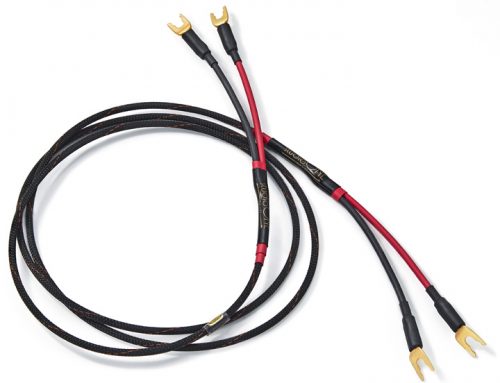
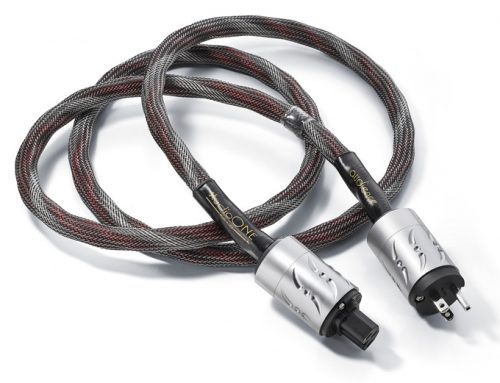
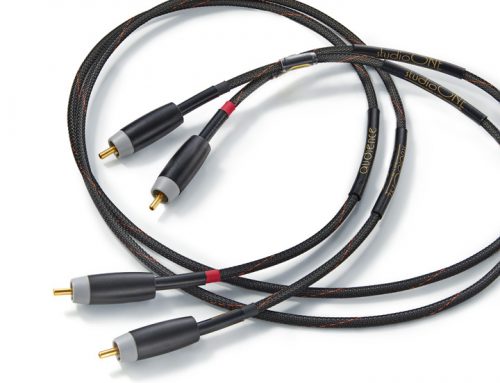
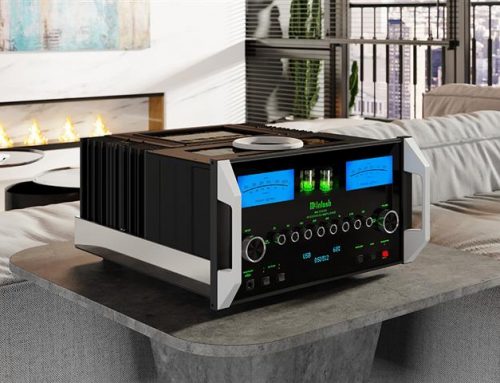
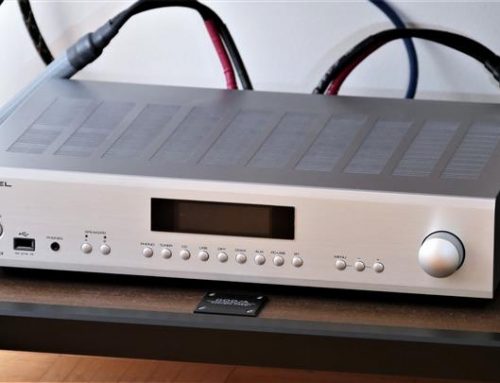
… [Trackback]
[…] Find More to that Topic: novo.press/audioengine-5-powered-speakers/ […]
… [Trackback]
[…] Here you can find 37597 additional Information to that Topic: novo.press/audioengine-5-powered-speakers/ […]
… [Trackback]
[…] Find More to that Topic: novo.press/audioengine-5-powered-speakers/ […]
… [Trackback]
[…] Read More on that Topic: novo.press/audioengine-5-powered-speakers/ […]
… [Trackback]
[…] There you will find 79588 more Information on that Topic: novo.press/audioengine-5-powered-speakers/ […]
… [Trackback]
[…] Here you will find 8847 additional Information to that Topic: novo.press/audioengine-5-powered-speakers/ […]
… [Trackback]
[…] Information to that Topic: novo.press/audioengine-5-powered-speakers/ […]
… [Trackback]
[…] Information to that Topic: novo.press/audioengine-5-powered-speakers/ […]
… [Trackback]
[…] Find More here on that Topic: novo.press/audioengine-5-powered-speakers/ […]
… [Trackback]
[…] Read More to that Topic: novo.press/audioengine-5-powered-speakers/ […]
… [Trackback]
[…] Read More Information here on that Topic: novo.press/audioengine-5-powered-speakers/ […]
… [Trackback]
[…] Read More Info here to that Topic: novo.press/audioengine-5-powered-speakers/ […]
… [Trackback]
[…] Find More here on that Topic: novo.press/audioengine-5-powered-speakers/ […]
… [Trackback]
[…] Find More Information here to that Topic: novo.press/audioengine-5-powered-speakers/ […]
… [Trackback]
[…] Find More Information here on that Topic: novo.press/audioengine-5-powered-speakers/ […]
… [Trackback]
[…] Read More here to that Topic: novo.press/audioengine-5-powered-speakers/ […]